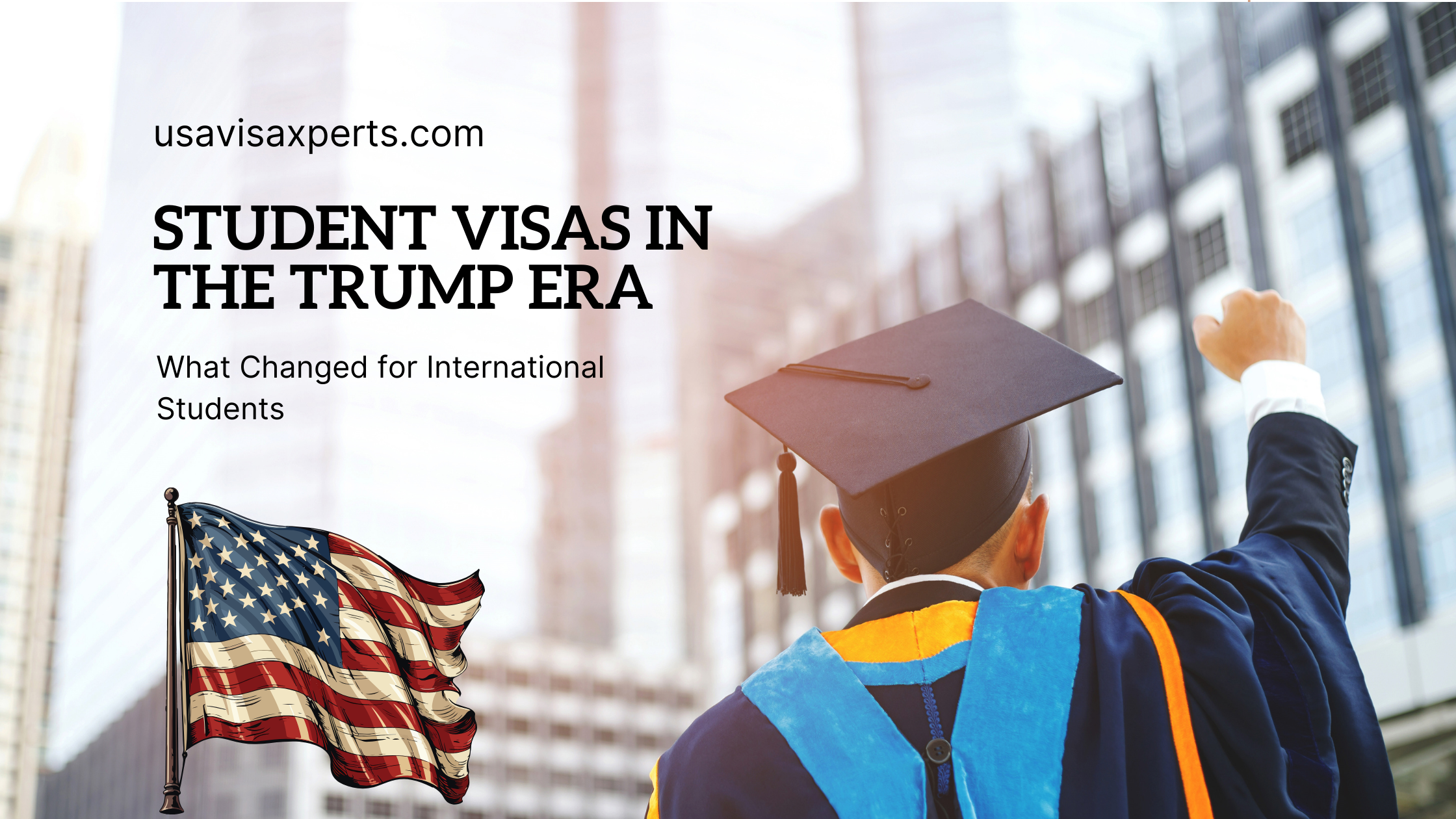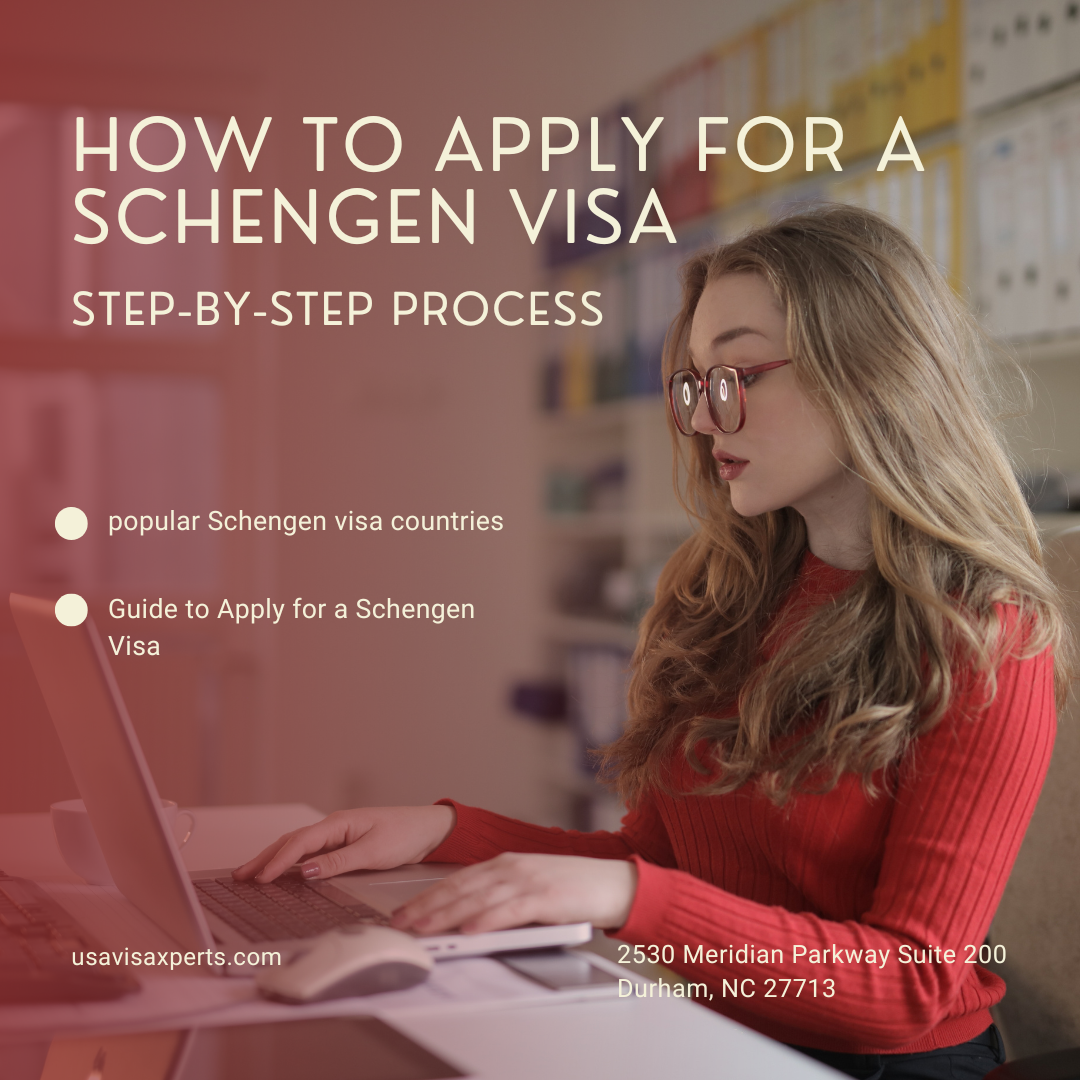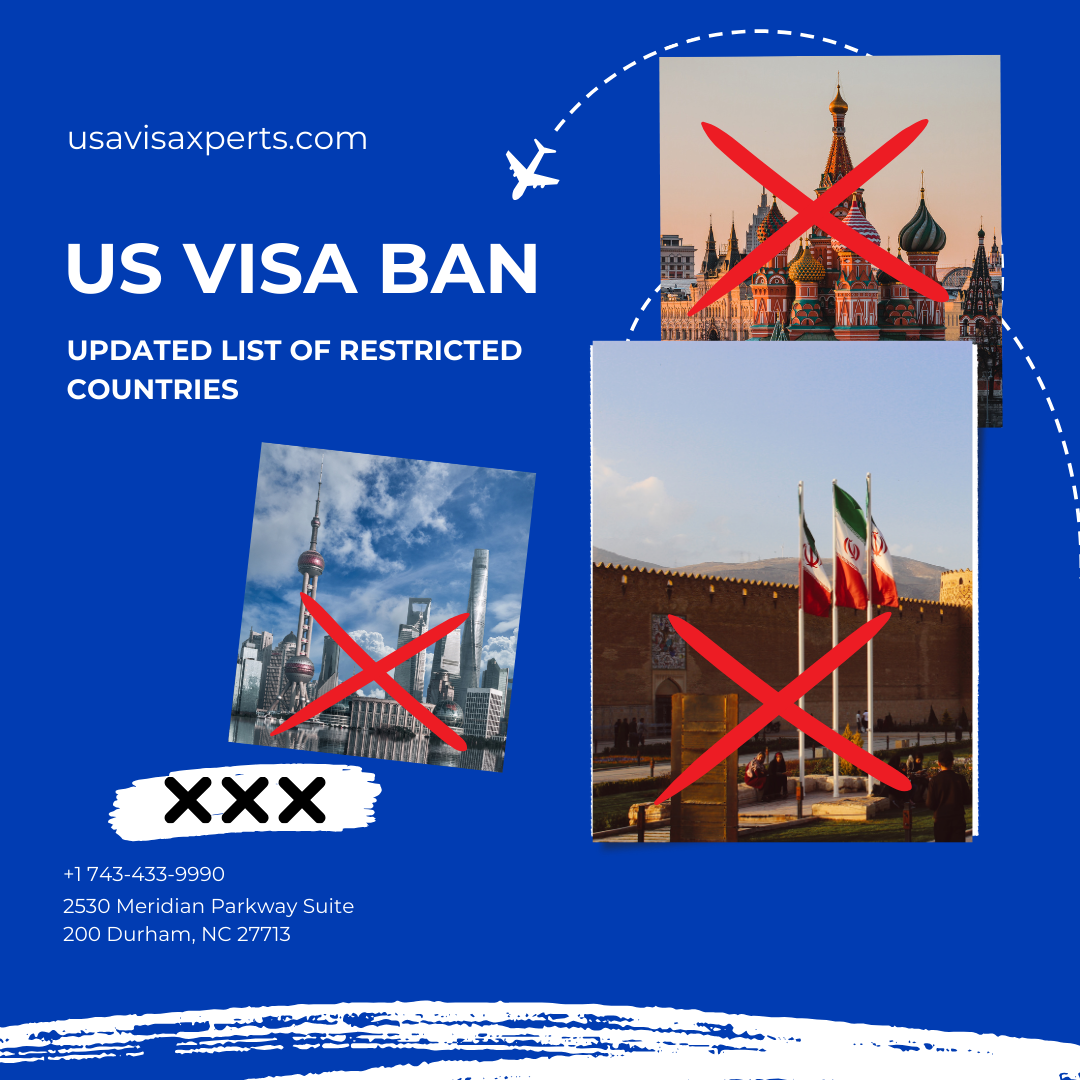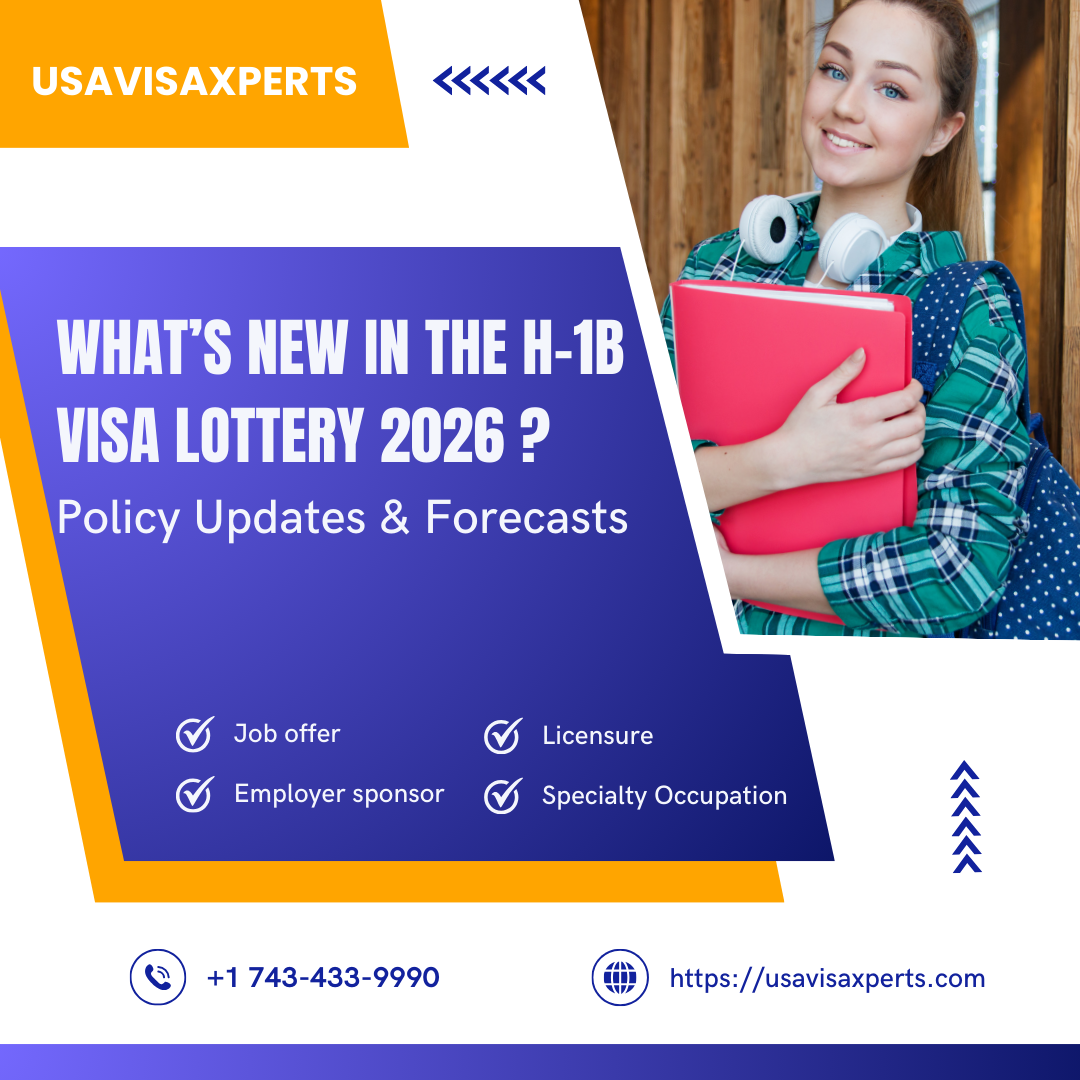Student Visas in the Trump Era: What Changed for International Students

- Admin
- May 15, 2025
- 0 Comments
The USA has always been one of the world's leading options for international students. With some of the best universities, opportunities for research, and rich cultural experiences in the world, many students from other countries seek to apply for student visas to pursue studies in the USA. But under the Trump administration (2017–2021), some changes influenced the way international students perceived and were treated towards studying in America.
Here, I’ll explain how policies changed during this time, how it affected international students, and what it meant for future applicants. Whether you’re curious about F-1 visa changes, student visa requirements, or how long these visas last —you’ll find it all here.
What Is the New Rule for Student Visas?
At the time of Trump, a number of proposals were made that tightened the process of student visas. One of the largest changes was the campaign for fixed visa periods. Previously, students could remain in the U.S. for the "duration of status," which implied as long as they remained in an approved program. Trump's government suggested that this be altered to a fixed time (4 years for all but a few, 2 years for a few nations), even if the degree program extended longer.
This became a source of anxiety for most students who required additional time because of research, internships, or extended programs.
Are There Any Changes in the F-1 Visa?
Yes, there were a number of attempts to alter the F-1 visa, the most prevalent visa for foreign students in the U.S. While numerous alterations were suggested, not all were implemented. Some of the most significant proposed or attempted alterations included
Restricting Optional Practical Training (OPT): OPT permits students to work in the U.S. upon graduation. There were attempts to restrict or eliminate this provision, particularly for STEM fields.
Higher Visa Denials: Most students, particularly from certain countries, experienced increased visa denials.
More Scrutiny and Hold-ups: Visa interviews grew tougher, and processing took longer because of added checks.
While not all these developments were made into law, the atmosphere became more tense for international students and their families.
What Problems Do International Students Face in the USA?
Under the Trump administration, international students encountered several issues that made it less desirable to study in the U.S.:
Uncertainty Regarding Visa Regulations
Abrupt changes or declarations created uncertainty regarding who was allowed to remain or return to the U.S.
Travel Bans
Certain nations experienced travel bans, rendering the entry or re-entry of students from those countries into or back into the U.S. impossible.
Panic over Losing Legal Status
Students feared being deported if they didn't comply with new regulations to the letter — even if they had to miss classes because of sickness or other legitimate reasons.
Racism and Unwelcoming Environment
Some students felt unwelcome due to anti-immigrant sentiments or policies. Despite these challenges, the U.S. remained a top destination because of its educational quality. But the overall experience was clearly affected.
How Long Do Student Visas Last?
Typically, F-1 student visas last for the duration of your academic program, plus a grace period (usually 60 days after graduation). This means if your degree is 4 years, your visa allows you to stay for those 4 years plus the grace period.
However, under the Trump administration, there were attempts to introduce fixed-term limits — for example, a 4-year limit, regardless of how long your program actually took. While this proposal was not finalized, it created confusion and fear for students unsure if they would need to reapply midway through their studies.
Student Visa Requirements: What You Need
Whether during the Trump era or now, student visa requirements remain mostly the same:
Admission Letter: You must be accepted by an SEVP-approved U.S. school or university.
I-20 Form: Provided by your school, it’s essential for applying for an F-1 visa.
Proof of Finances: You must show you can pay for tuition and living expenses.
Valid Passport: Your passport must be valid for at least six months beyond your intended stay.
Visa Interview: Most applicants need to attend an in-person visa interview at the U.S. Embassy or Consulate.
During the Trump era, additional background checks and document reviews became more common.
Conclusion
The Trump era was a time of uncertainty for international students in the U.S. While many of the proposals didn’t become permanent rules, the atmosphere they created had a real impact. Fear of being denied, deported, or delayed led many students to think twice before applying for student visas.





